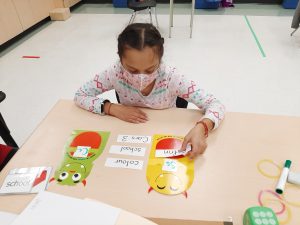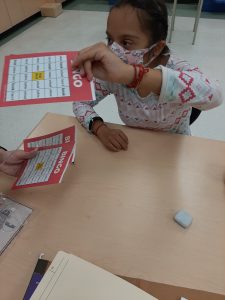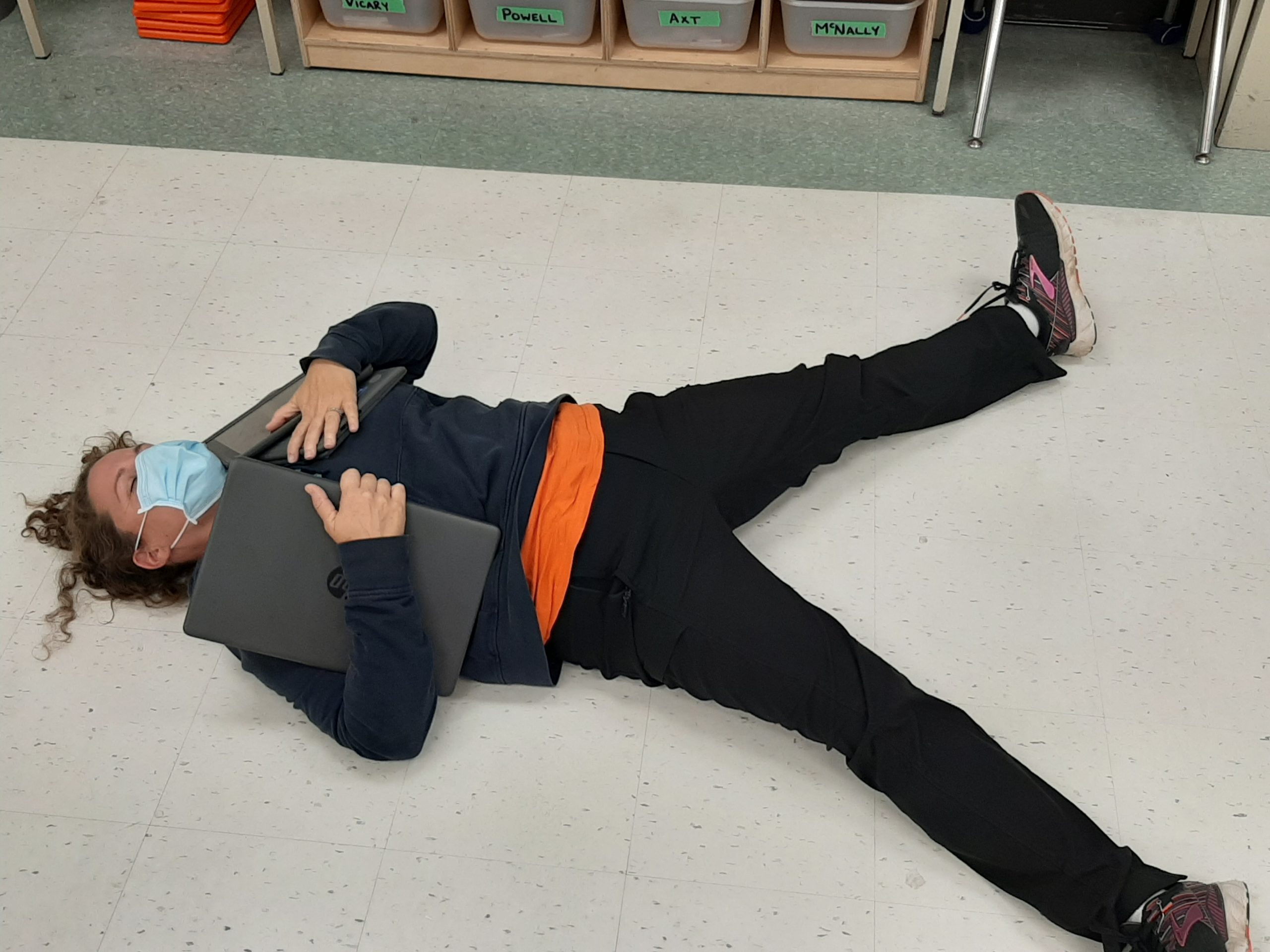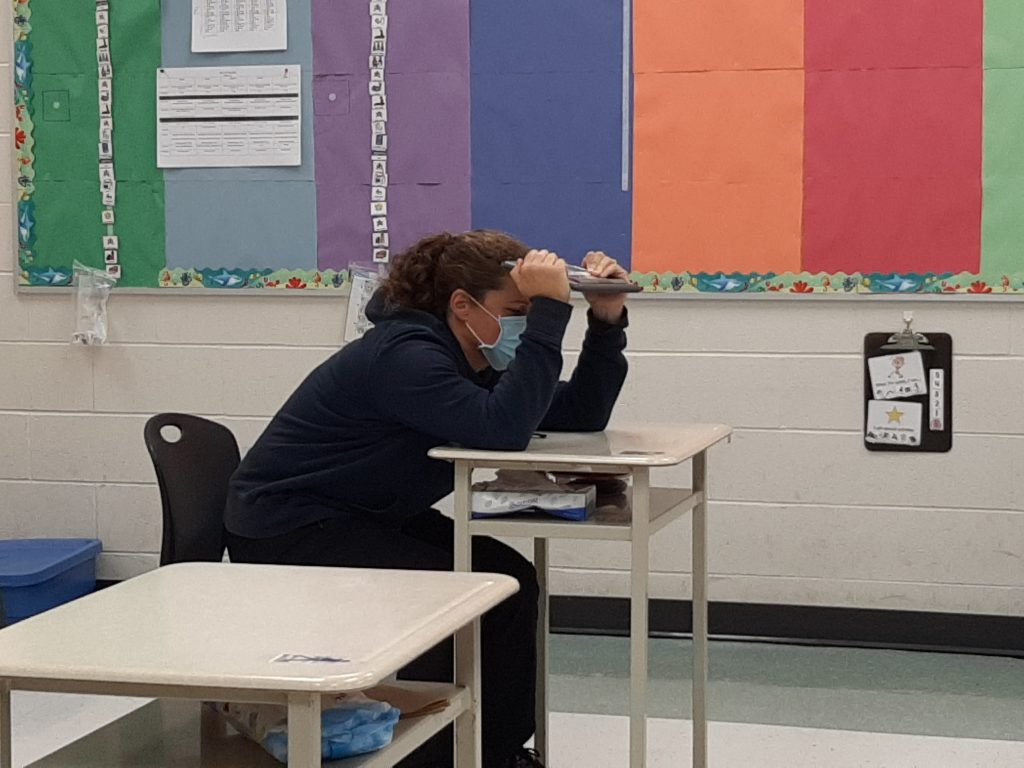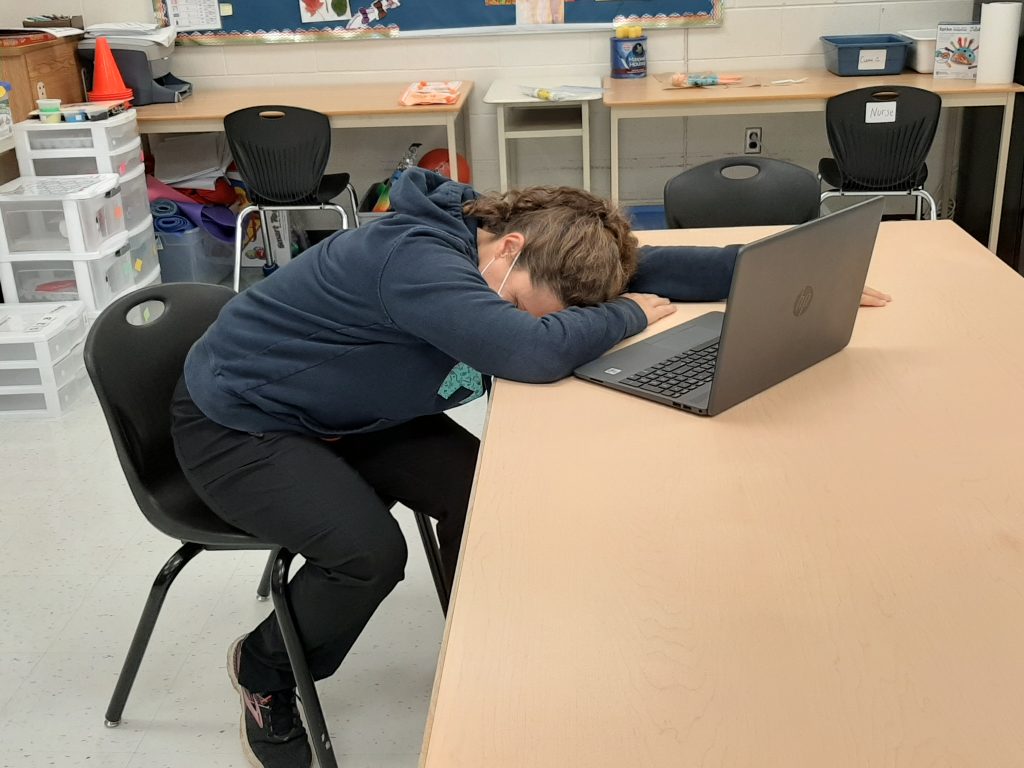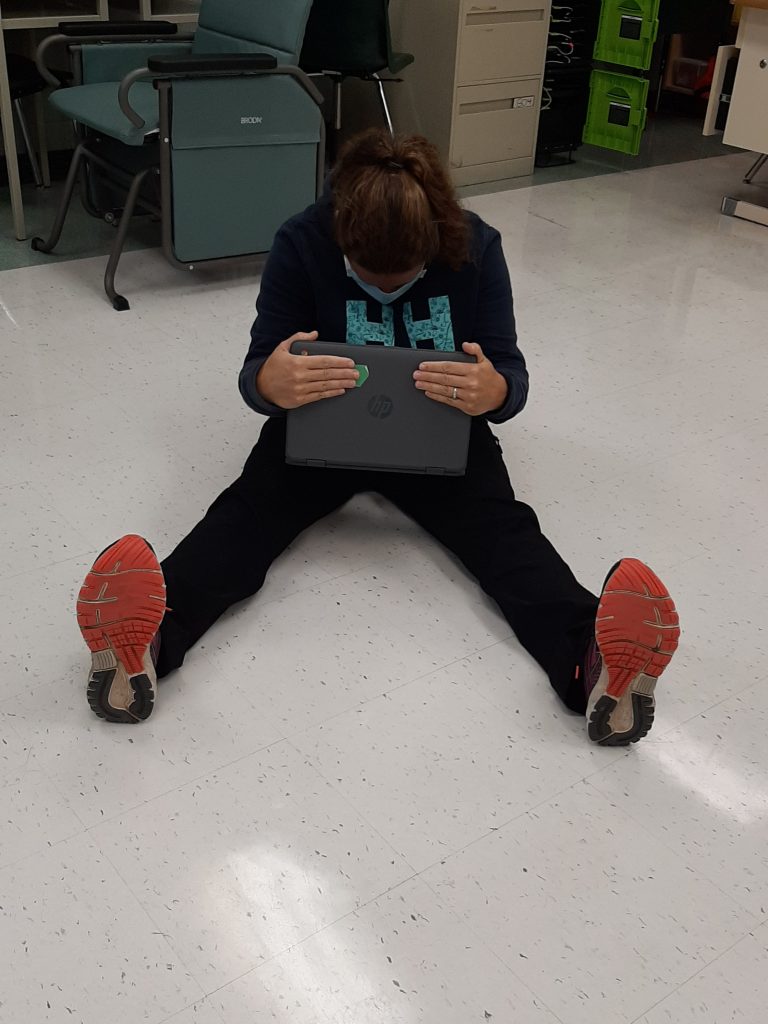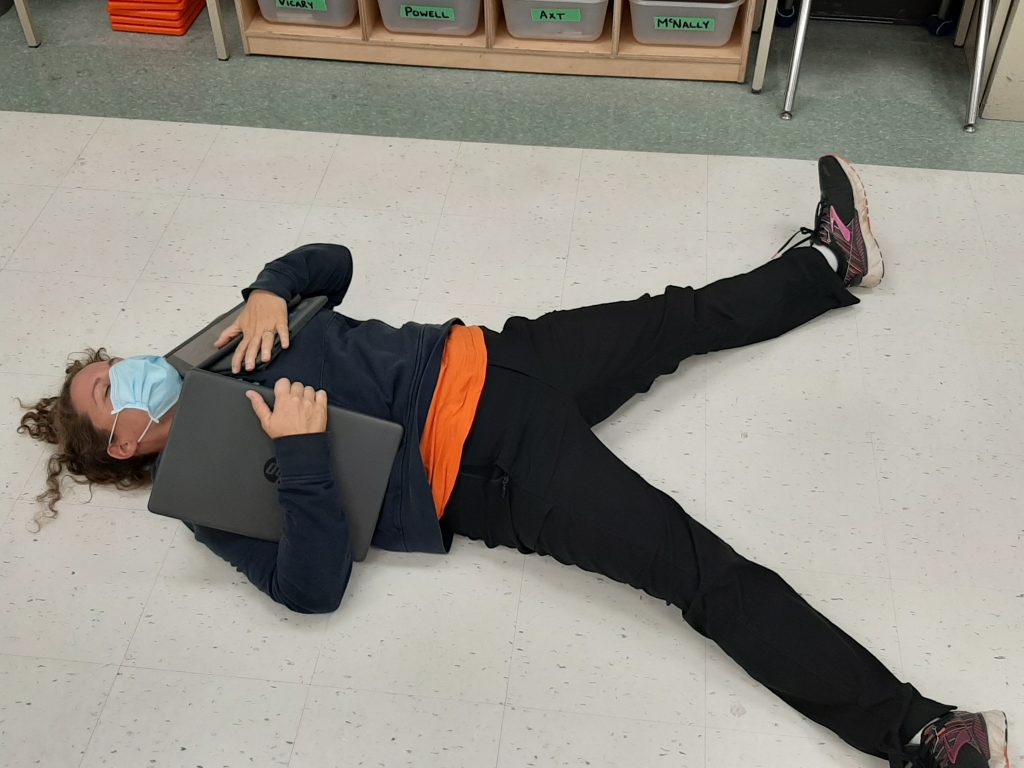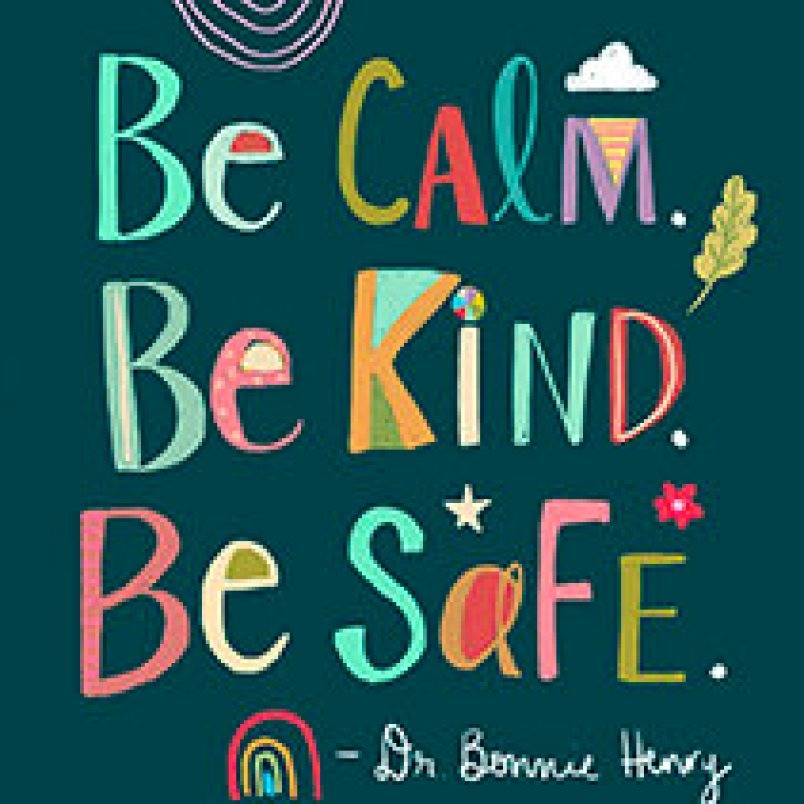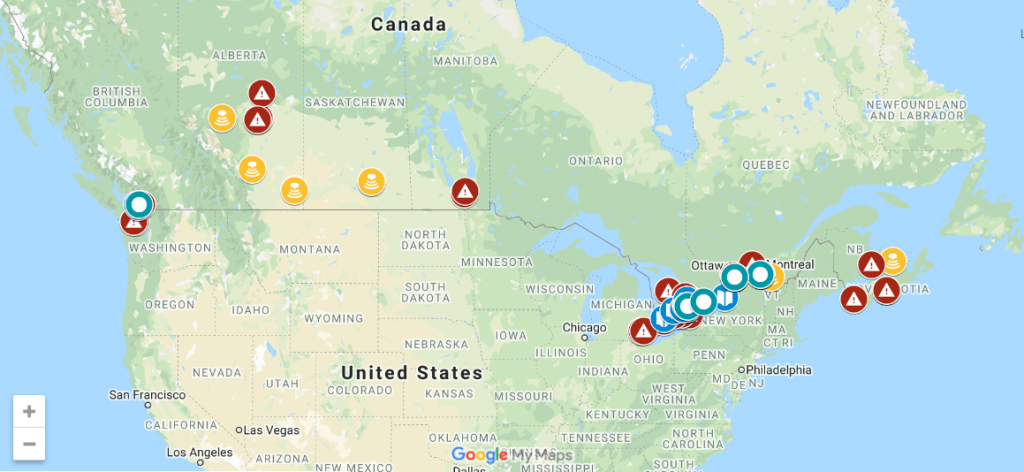I have tried to teach my one student with Down Syndrome to read words for the past two years with some success. However, it wasn’t until this year when I read about a different approach that things really started to click. Since we introduced this method into our instruction, she has been able to read a group of words consistently, comfortably and with confidence. It is the first time that she really gets excited about reading words.
In a quest to try something new with this student in October, I picked up a book I had bought a couple of years ago called “Teaching Reading to Children with Down Syndrome: A Guide for Parents and Teachers” by Patricia Logan Oelwein. The book was written in 1995, which seems quite a long time ago, however from our experience this fall, it was the one methodology that really worked for my student. Also, the general thesis of the book that any child with Down Syndrome can read if the programming is appropriate is a principle that I also strongly believe.
The book is divided into 3 sections. The three sections are: background information about the learner with Down Syndrome, the How-To section and reading units to use with your students.
Background Information
This section is highly important to read before you begin instructing your student. Even though the book was written quite a while ago much of the information remains accurate and up to date. I cross referenced much of the information in this section with the educator guide posted on the Canadian Down Syndrome Website and find the information to be consistent.
As mentioned above, the primary thesis for this book is that all children with Down Syndrome can be taught to read if programming is done correctly. Ms. Oelwein also does a very effective job of describing hurdles that you may face and things to watch out for if your student is not being successful with the methodology described in this book.
Some of the areas that she highlights are:
- Medical concerns: People with Down Syndrome have a higher rate of vision problems, hearing problems and chronic illnesses. Ensure that you read your student’s OSR and speak with parents about any concerns in this area. Any unaddressed medical concerns will greatly impact the ability of the student to be successful in learning to read. (Interestingly, according to the Canadian Down Syndrome Society, people with Down Syndrome are less likely to get asthma, many types of cancer and dental cavities.)
- Continuous Intervention: Many times, in special education we hear about early intervention and the importance of it. Ms. Oelwein takes it one step further. She speaks about the importance of early intervention and continuous intervention. She stresses the importance of maintaining high expectations for the students and providing them with high quality education throughout their academic career. I feel this is especially important as the student enters grade 6, 7 and 8 in Ontario in an inclusive setting. It is important that the student has modified tasks that are both aware of the social dynamic of this age as well as tasks that are academically appropriately for the child. Ongoing intervention is paramount to the student’s success in reading.
- Avoidance Behaviours: My students are very smart. Just like many students, they know how to avoid certain tasks if I have given them things that are too easy, too hard, or not interesting to them. Effective programming is the key to success and using consistent best practices in assessment will help you to develop tasks that support student’s language acquisition.
The How-Tos
The next section of the book explains how to introduce sight words, the alphabet, beginning phonics and writing and spelling.
The instructions are very clear and can be followed by you, your education assistant, your special education team or a parent at home. This can provide ample opportunity for the student to practice the skills. Ms. Oelwein has also provided many, many ideas for activities and ways to keep learning fun and engaging. Below are some pictures of my student following the steps outlined by the author.
- We began by selecting a few personally relevant words for the student and followed a number of steps to introduce the words to the student. She surprised us at how quickly she learned them.
2. Next, we spent some time focusing on the beginning letter of the words we introduced.
3. Finally, we created some fun activities to reinforce the words.
Reading Units
The final chapters of the book use the same steps to continue to introduce additional words and many activities to help solidify understanding. All the materials to play games and create activities to build understanding are provided in appendices at the end of the book. There are units on foods, action words, household words etc.
If your students with Down Syndrome are struggling, this might be one book to try to get you started. The steps worked for my student and it might just work for your student as well.


